For all those who wish there were more time in the day, your prayers have been answered.
On Tuesday, June 30, the Earth will get a bonus second as a way to compensate for the gradual slowing down of the Earth’s rotation: at 8 p.m., Eastern time, the entire planet will relax for one extra second longer. Instead of the customary, 86,400-second Earth rotation, Tuesday will make the day 86,401 seconds long.
The last time we had a ‘leap second,” TIME explained why:
Leap seconds were introduced to keep our notion of time in line with an ongoing slowdown in Earth’s rotation, caused by volcanoes, earthquakes and other natural phenomena. While that slowing rotation is extraordinarily gradual, over long periods it adds up to notable chunks of time, potentially throwing our concept of time off from Earth’s day-and-night cycle — or even seasonal schedules.
The “leap second” attempts to rectify this by inserting an extra second into a day to give the Earth time to “catch up” to where it’s supposed to be based on the traditional solar cycle. The leap second was established as an international standard in 1972, and there have been 25 such seconds added since that year.
PHOTOS: This Astronaut's Images of Earth Look Like Beautiful Abstract Paintings
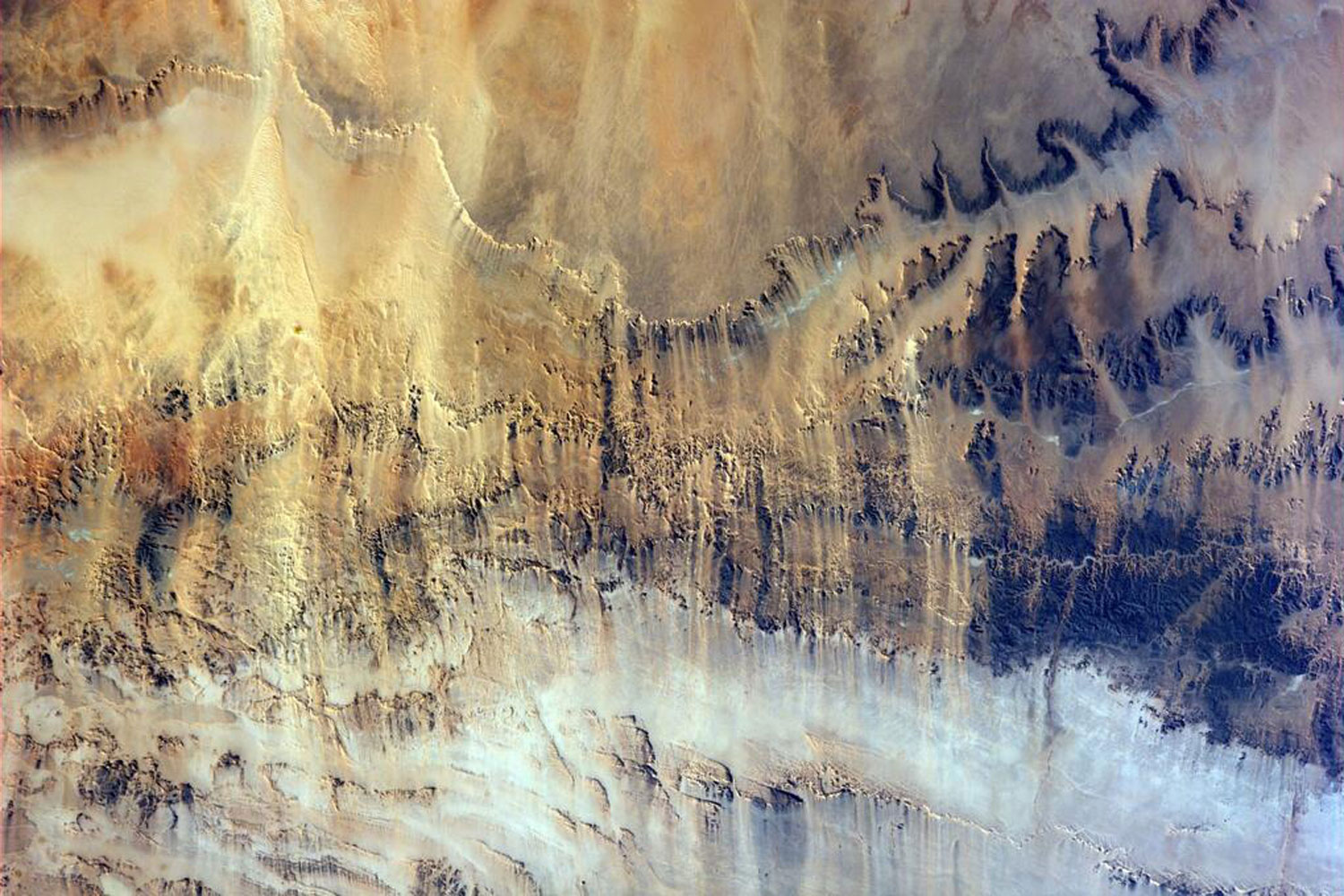

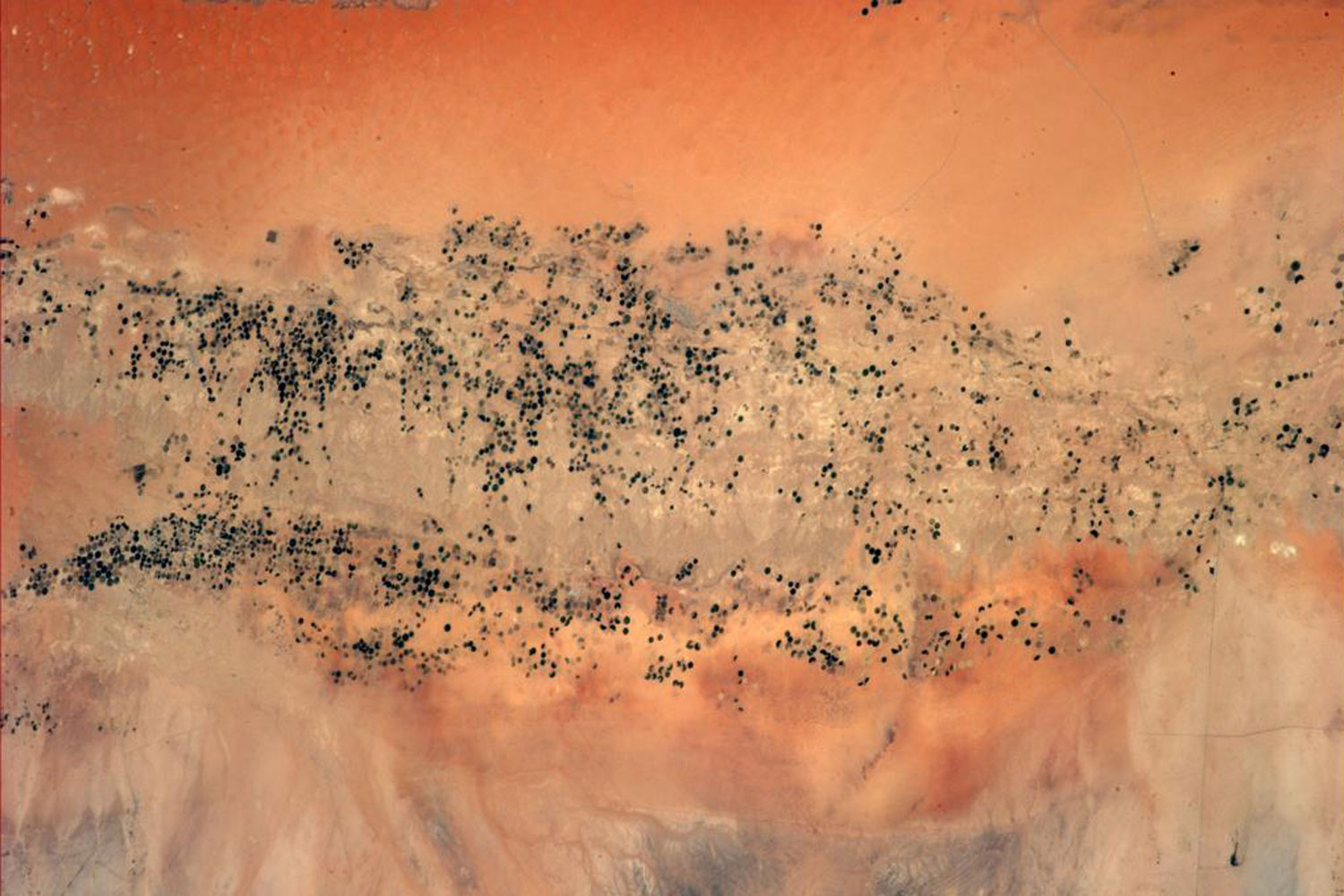
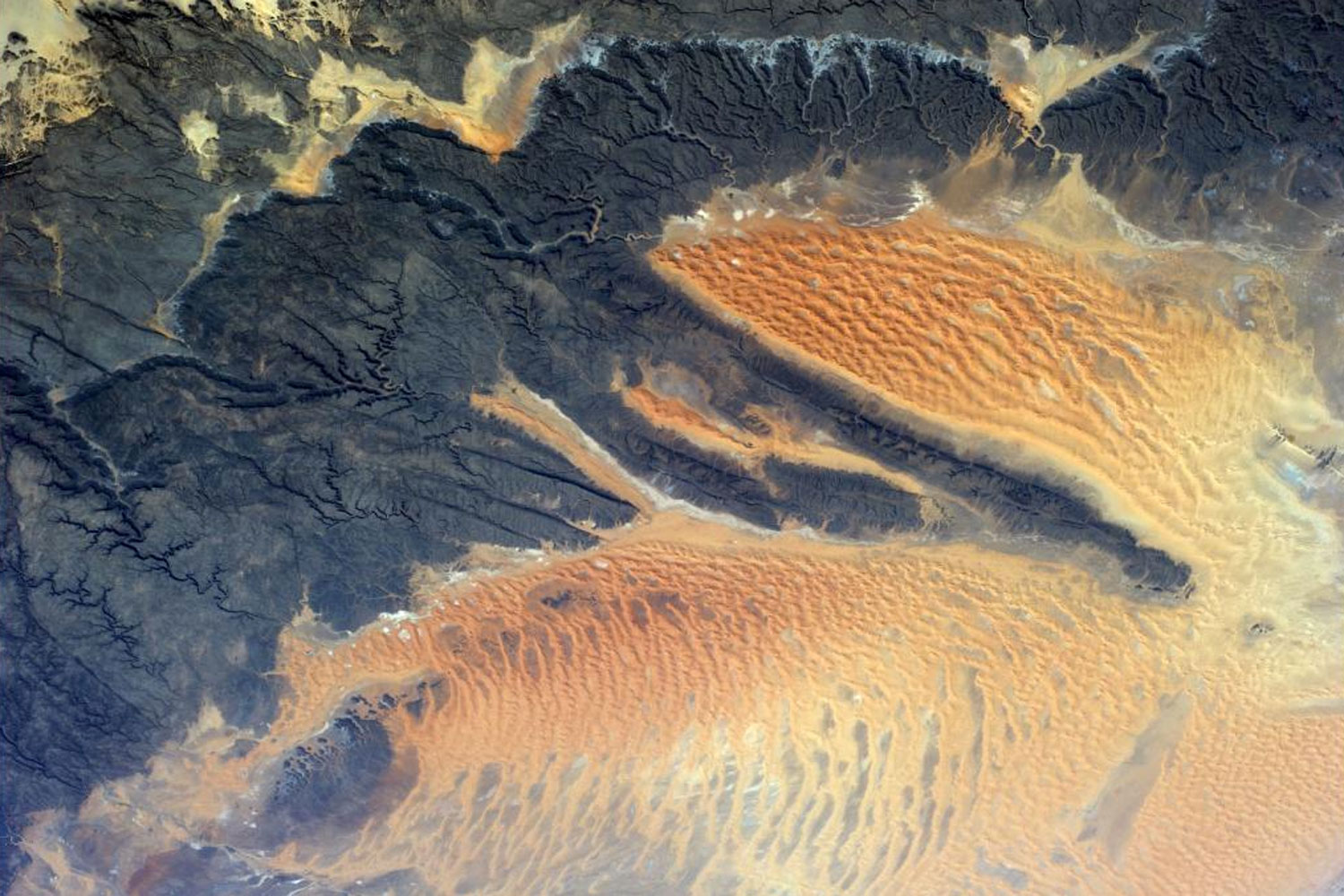
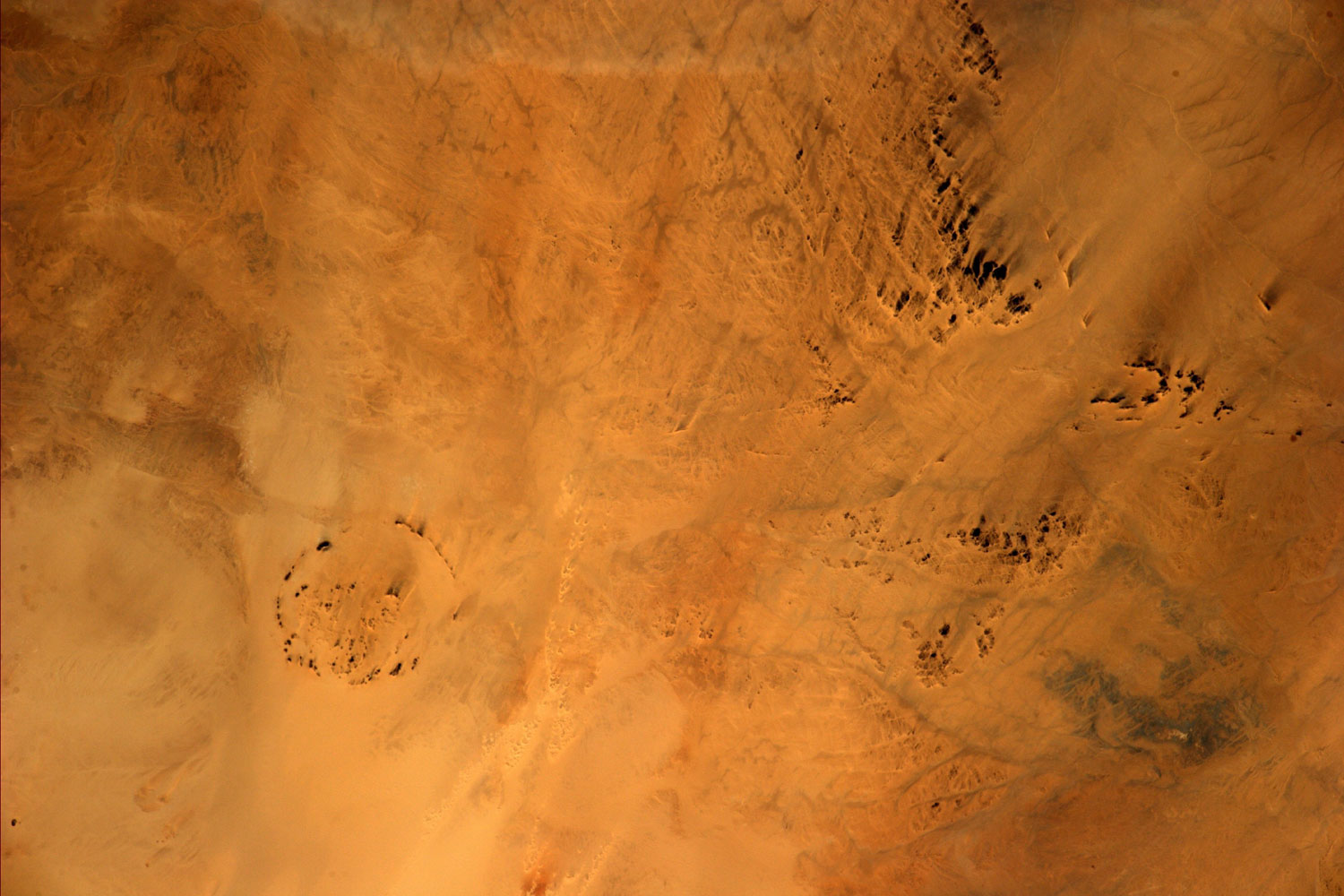

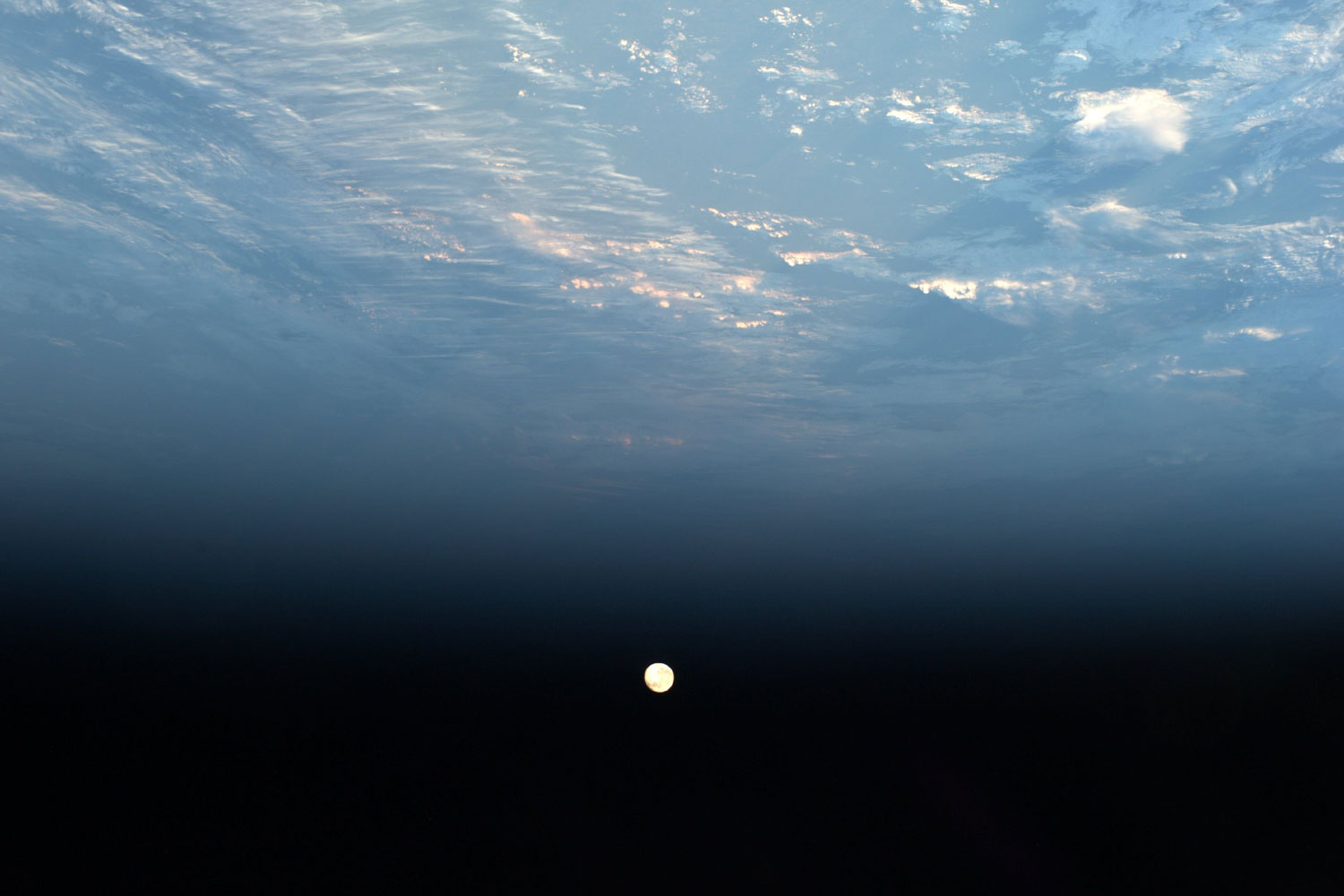




More Must-Reads from TIME
- Donald Trump Is TIME's 2024 Person of the Year
- Why We Chose Trump as Person of the Year
- Is Intermittent Fasting Good or Bad for You?
- The 100 Must-Read Books of 2024
- The 20 Best Christmas TV Episodes
- Column: If Optimism Feels Ridiculous Now, Try Hope
- The Future of Climate Action Is Trade Policy
- Merle Bombardieri Is Helping People Make the Baby Decision
Contact us at letters@time.com